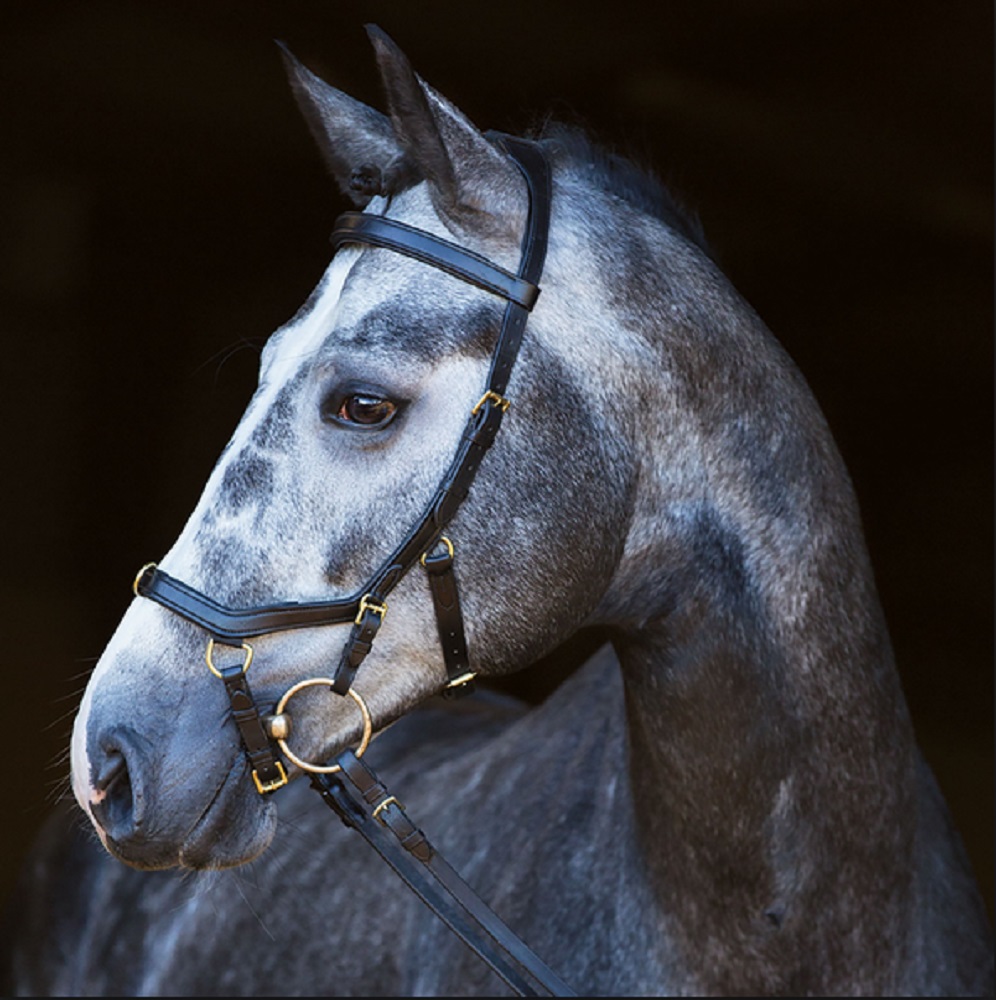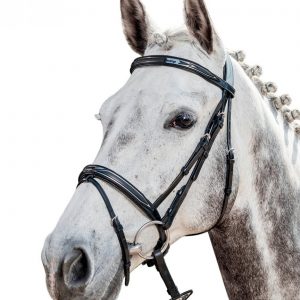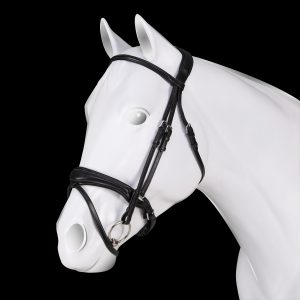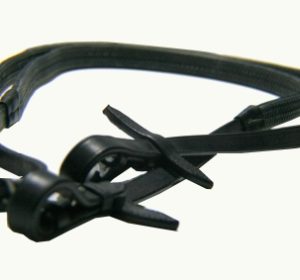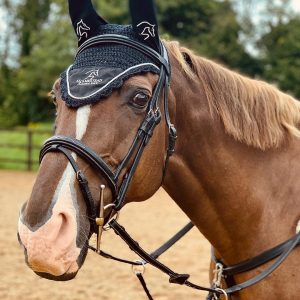RAMBO MICKLEM MULTI BRIDLE
$ 176.96
Three Main Pieces The Rambo® Micklem Multibridle is three main pieces of equipment in one.1. A BRIDLE (including integral noseband)2. A LUNGE CAVESSON 3. A BITLESS BRIDLE (3 alternatives) |
Additional information
| Micklem | BROWN PONY, BROWN SMALL HORSE, BROWN STANDARD HORSE, BROWN LARGE HORSE, BLACK PONY, BLACK SMALL HORSE, BLACK STANDARD HORSE, BLACK LARGE HORSE |
|---|

